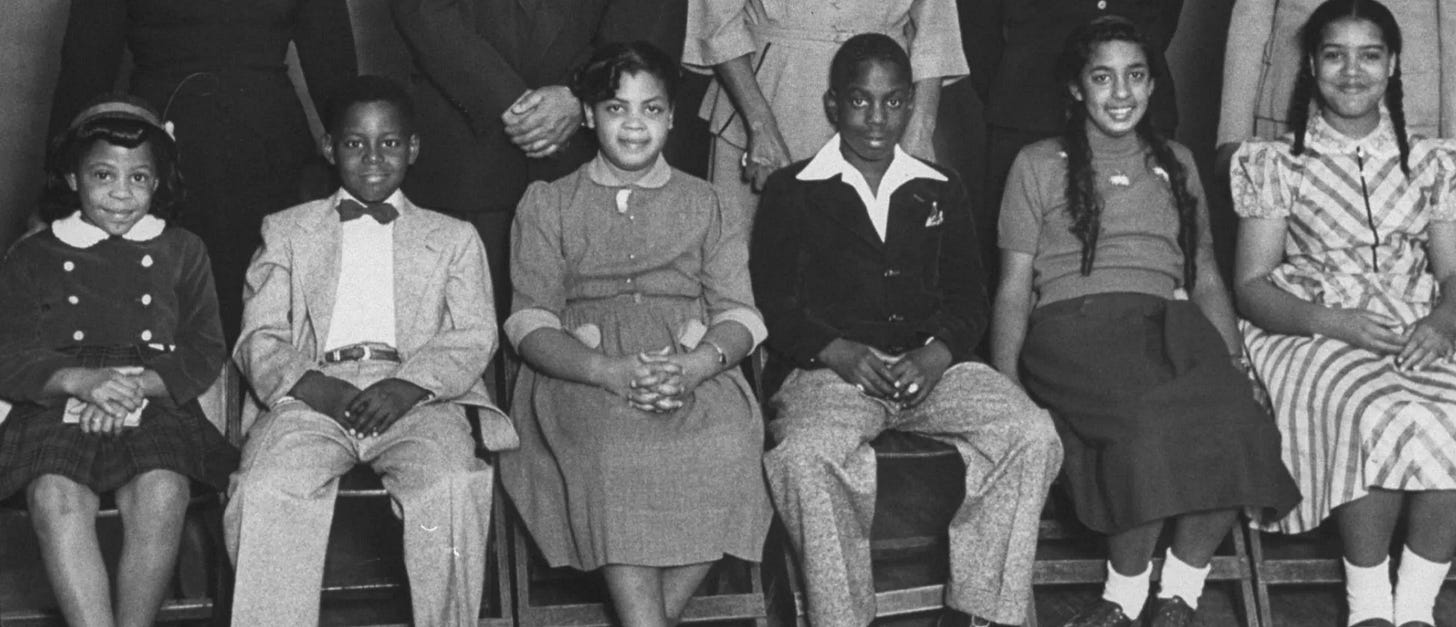
The modern Civil Rights Movement, or as it needs to be known, the “Second Reconstruction,” was led in part by black children. That is because the battle ground for equal rights centered around p…
Keep reading with a 7-day free trial
Subscribe to Things We Don't Talk About Like Politics & Religion to keep reading this post and get 7 days of free access to the full post archives.



